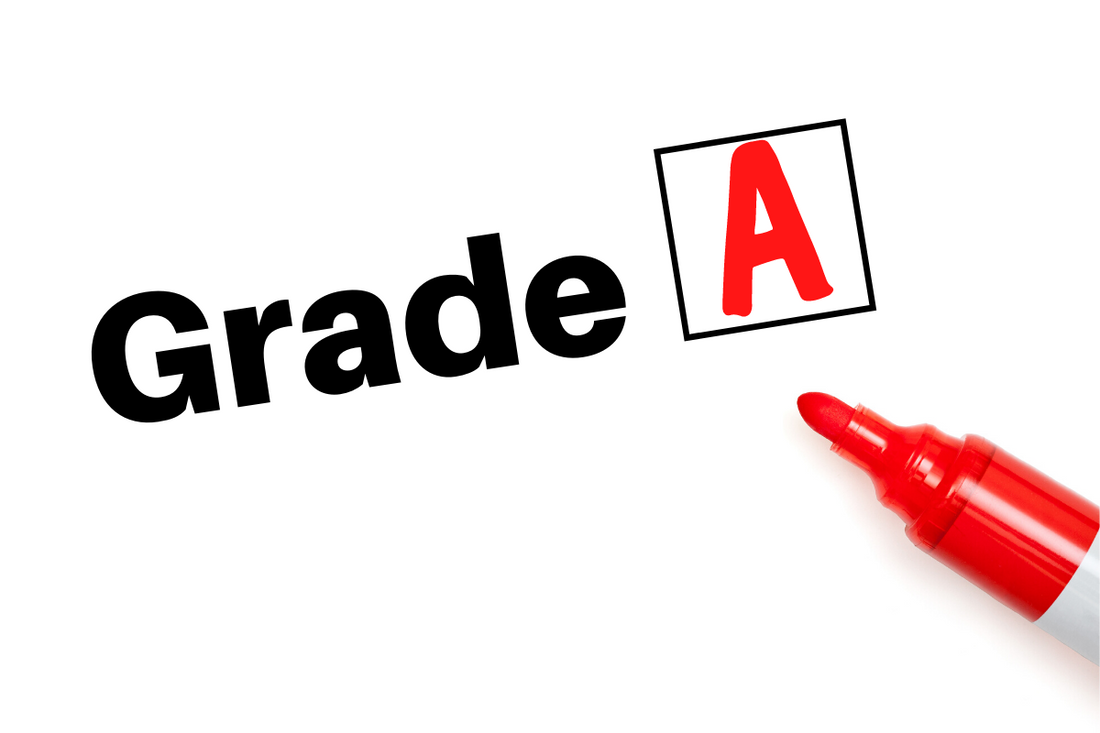
B-Grade Solar Modules Explained
Share
Solar Module Grading
Solar module manufacturers grade their products based on the type and severity of defects. Slightly different than school report cards, these grades only have a range from A to D. Originally, this grading was based on performance only, but has grown to also include varying degrees for physical defects as well.
Final Exam
The different types of module defects considered while grading the final product can include:
Chips on the edges or corners of cells.
Micro-cracks in the cells.
Inconsistent cell color or alignment.
Scratches on the frame, glass, or backsheet.
Dents in the frame or backsheet.
Bubbles in the glass or backsheet.
Excessive or uneven glue on the glass or frame.
Gaps between the glass and frame.
Power output below datasheet specifications.
Examples of cosmetic defects:
Grading On A Scale
Just as with school report cards, top performers receive an A grade rating. The remaining grades represent increasing quantities of physical and/or performance flaws. The characteristics of each grade level are described below.
A-Grade: Modules that score an A-Grade rating are visually flawless from a distance of about 1-foot, meet all datasheet performance specifications, and carry the manufacturer’s standard warranty.
B-Grade: These modules have minor cosmetic flaws described above. These flaws are apparent up to 7-feet away but are nearly undetectable beyond that distance when compared to A-Grade panels. B-Grade modules exhibit visual defects only, and fully meet all datasheet performance specifications. They can typically sell for up to 35% less than A-Grade modules. B-Grade warranties vary by manufacturer. Some offer an abbreviated warranty as compared to the A-Grade panels, while others, such as Solaria, offer the same manufacturing and performance guarantees as to their A-Grade counterparts.
C-Grade: Modules in the C-Grade level include a larger number of cosmetic imperfections along with additional electrical flaws that cause performance to drop below datasheet specifications. These modules often sell for up to 45% less than their A-grade counterparts and may include a very limited warranty, or none at all.
D-Grade: This last grade level of modules is severely flawed, and even non-operational. The flaws are extensive, both visually and electrically. These modules are generally considered unusable and are thrown out by the manufacturer.
Making Cents Of It All
With typical costs up to 35% less for B-Grade Modules, the savings can stretch a residential/DIYer budget for an extra kW of power, or provide a commercial project with a faster ROI. In general, PV projects can realize significant cost savings by taking advantage of these slightly blemished panels.

